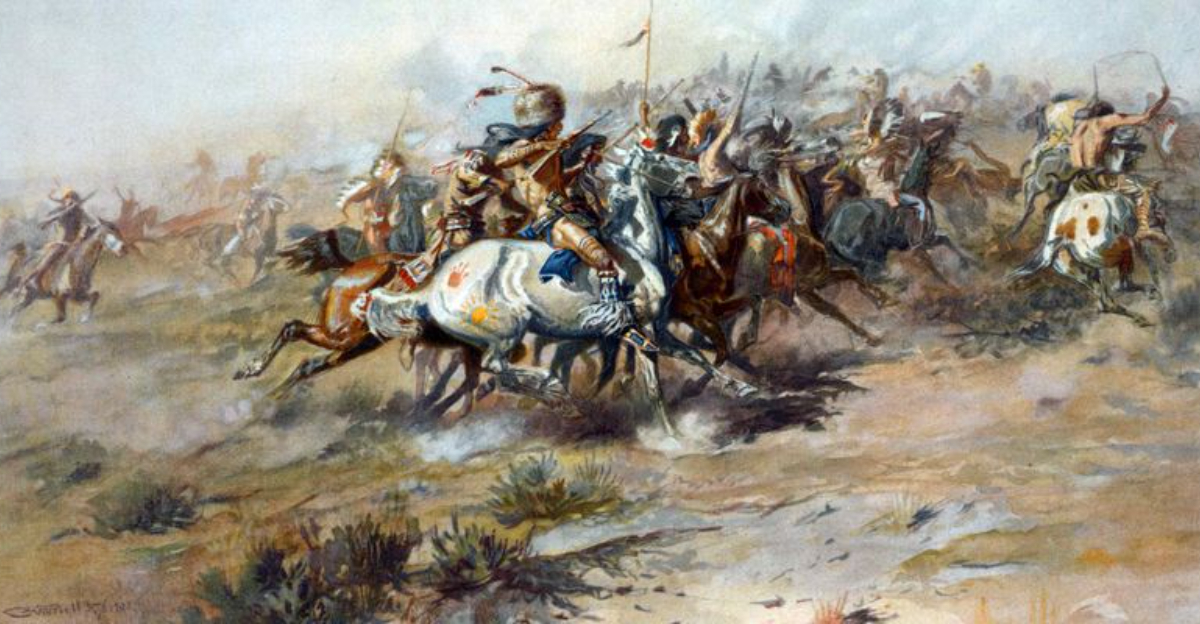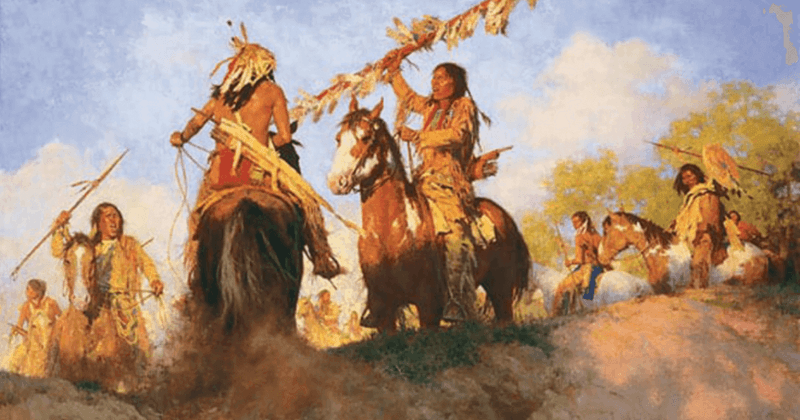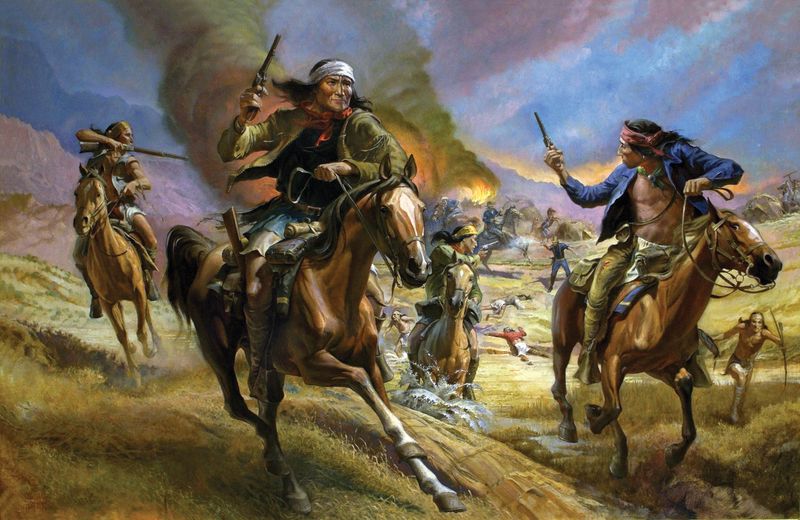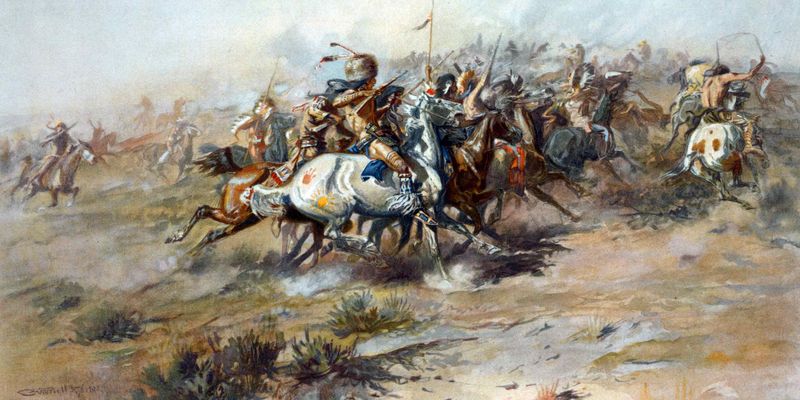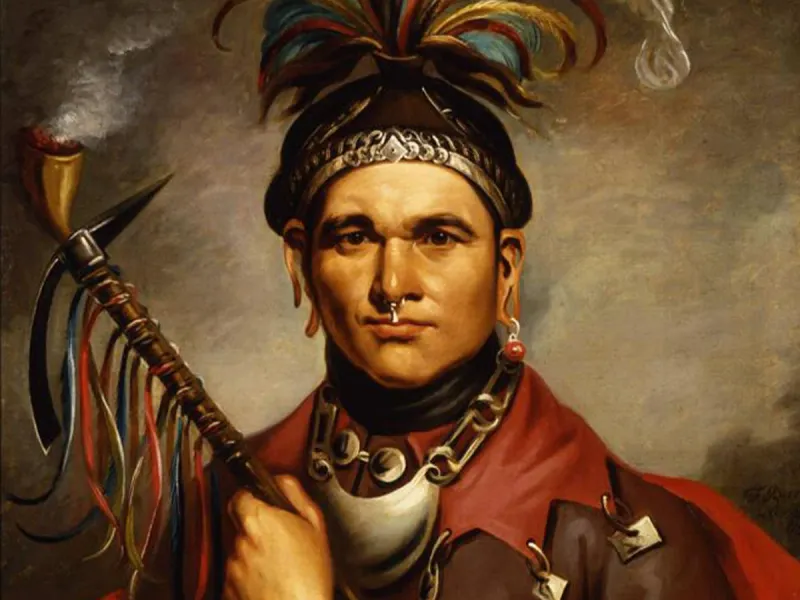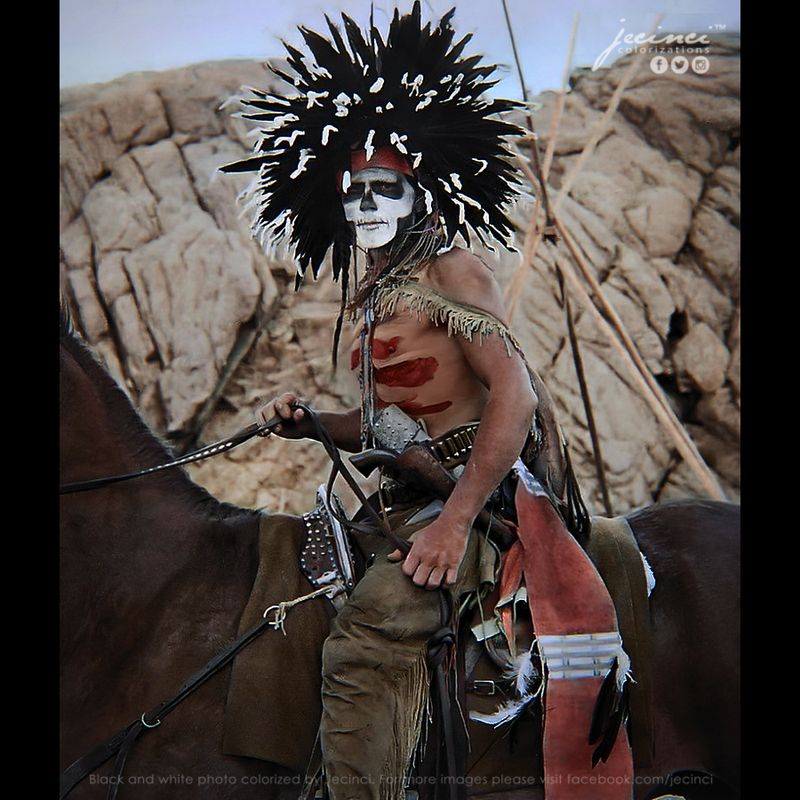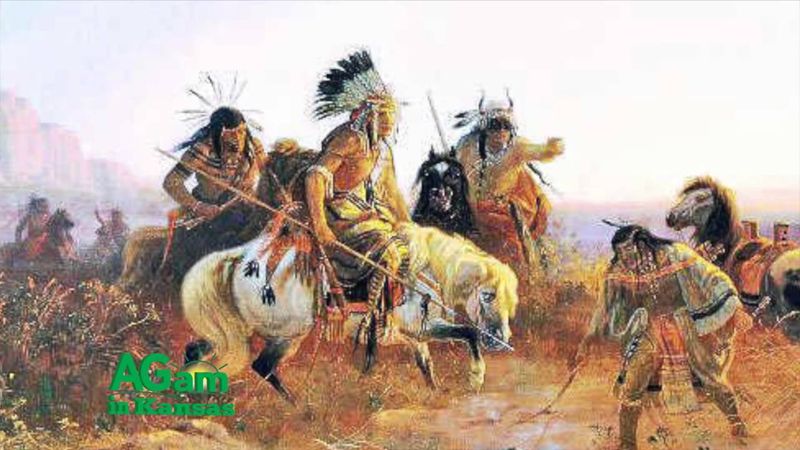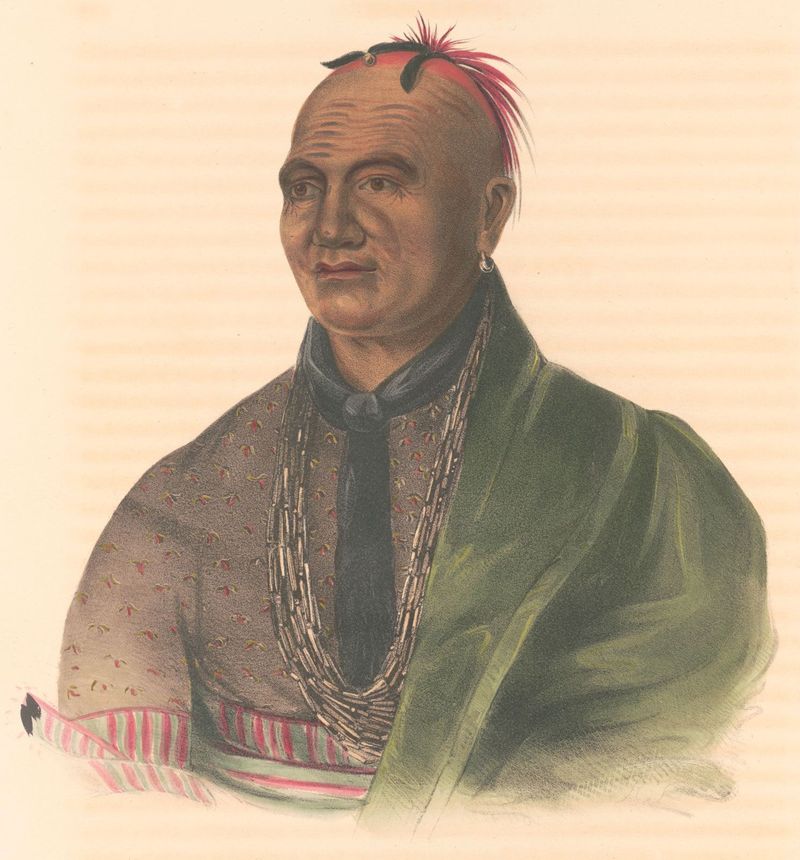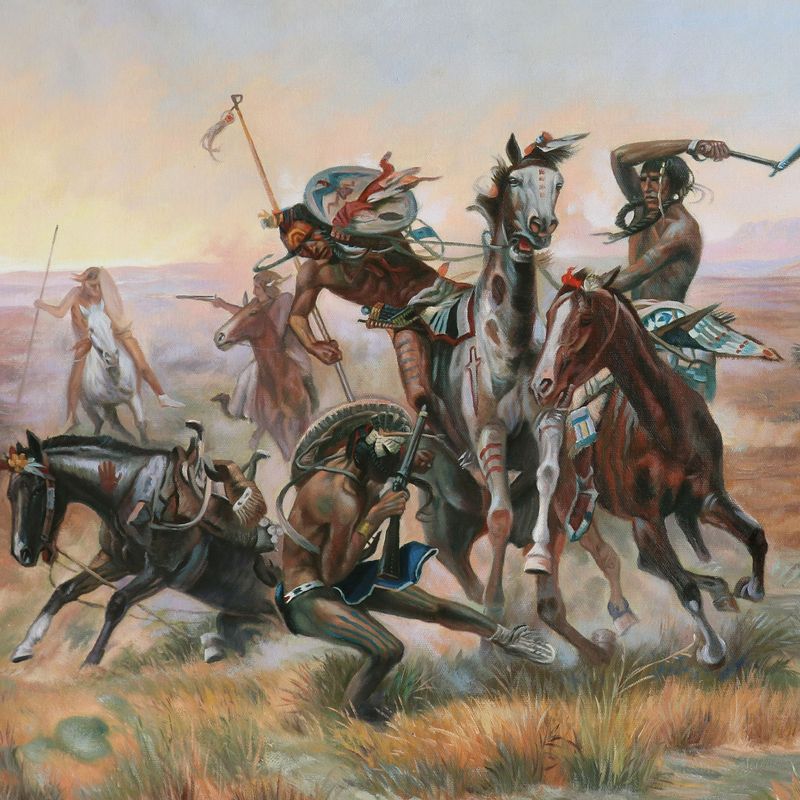Throughout history, certain Native American tribes earned legendary status for their unmatched warrior culture and battlefield dominance. These formidable nations fiercely defended their territories and way of life against invaders, often using innovative tactics that puzzled military leaders. From the Great Plains to the dense forests of the Northeast, these tribes developed fighting styles and reputations that struck terror into the hearts of settlers, rival tribes, and even the United States Army.
1. Comanche – Lords of the Southern Plains
Lightning-fast and merciless, the Comanche transformed warfare across the American frontier. Their remarkable horsemanship allowed warriors to shoot arrows with deadly accuracy while hanging from the sides of galloping horses—a skill that terrified their enemies.
For nearly two centuries, they controlled an empire spanning from present-day Kansas to northern Mexico. Spanish colonizers, Mexican armies, and American settlers all found their northward expansion halted by Comanche raids.
Military historians consider the Comanche among history’s greatest light cavalry, comparable to the Mongols of Genghis Khan. Their tactical brilliance and battlefield ferocity earned them the title of ‘Lords of the Southern Plains.’
2. Apache – Masters of Desert Warfare
Survival in the harsh deserts of the Southwest required exceptional toughness—a quality the Apache warriors possessed in abundance. They could travel 70 miles on foot in a single day through blistering heat, vanishing into rocky terrain where pursuing soldiers couldn’t follow.
Famous leaders like Geronimo and Cochise led devastating guerrilla campaigns that frustrated military commanders for decades. With just a handful of warriors, they could effectively control territories the size of New England.
Their name itself became synonymous with fear—the word ‘Apache’ reportedly comes from the Zuni word for ‘enemy.’ Even during the Civil War, both Union and Confederate forces dreaded encountering Apache raiding parties.
3. Lakota Sioux – Defenders of the Sacred Black Hills
Red Cloud once proudly declared, ‘The Great Spirit made me an Indian, not an agency Indian,’ reflecting the fierce independence that made the Lakota Sioux legendary. Their stunning victory at Little Bighorn in 1876, where they completely annihilated Custer’s 7th Cavalry, showcased their tactical brilliance.
Sioux warriors belonged to warrior societies with strict codes of honor and bravery. The most prestigious, the Strong Hearts and Kit Foxes, required extraordinary acts of courage in battle to gain membership.
European accounts often described Sioux warfare as exceptionally brutal, with scalping and other practices designed to instill terror in enemies. Their buffalo-hunting skills translated perfectly to mounted warfare.
4. Iroquois Confederacy – The Original Power Brokers
Five nations united under the Great Law of Peace became one of history’s most sophisticated political and military alliances. The Mohawk, Oneida, Onondaga, Cayuga, and Seneca (later joined by the Tuscarora) formed a confederacy so powerful it influenced the very structure of American democracy.
Behind their diplomatic facade lay devastating military might. Neighboring tribes who refused alliance often faced complete annihilation, with survivors adopted into Iroquois society to replace fallen warriors.
Early French explorers described Iroquois war parties as ‘moving like shadows’ through dense forests. Their coordinated assaults on settlements used psychological warfare tactics that would terrify even hardened frontiersmen, earning them control over territories from Canada to North Carolina.
5. Cheyenne Dog Soldiers – The Warriors Who Would Not Retreat
Among the most feared fighters on the Great Plains were the Dog Soldiers, an elite Cheyenne warrior society known for their extraordinary commitment to battle. These warriors carried sacred arrows into combat and sometimes staked themselves to the ground with leather thongs, vowing to fight to the death rather than retreat.
Their distinctive wolf-hide headdresses struck terror into the hearts of enemies. During the Indian Wars, U.S. Army officers reported that Dog Soldiers were almost impossible to defeat in direct combat due to their ferocity and tactical discipline.
Roman Nose, one of their most famous war leaders, was believed to possess powerful medicine that made him bulletproof in battle. This spiritual dimension added to the psychological impact of facing Cheyenne warriors in combat.
6. Kiowa – Raiders of the Southern Frontier
Feared across Texas and deep into Mexico, Kiowa raiding parties could travel hundreds of miles to strike settlements without warning. Their society celebrated warriors who demonstrated exceptional bravery and brought back horses, weapons, and captives from distant territories.
Kiowa warriors wore distinctive red war paint and used complex hand signals to coordinate attacks while maintaining silence. Their alliance with the Comanche created a formidable military partnership that controlled vast territories of the Southern Plains.
At the Buffalo Wallow Fight of 1874, just a handful of Kiowa warriors held off an entire U.S. cavalry unit. Their war shields carried powerful spiritual protection, decorated with designs revealed through vision quests and believed to deflect enemy weapons.
7. Mohawk – The Guardians of the Eastern Door
‘People of the Flint’ – their self-designation – perfectly captured the hard, sharp nature of Mohawk warfare. As the easternmost nation of the Iroquois Confederacy, they earned their reputation as the most feared warriors of the Northeast woodlands through generations of brutal conflict.
European colonists recorded being paralyzed with fear at the distinctive Mohawk war cry. Their signature hairstyle – with sides shaved and a central ridge of hair – gave English the word ‘mohawk’ and inspired fear across the frontier.
During the Beaver Wars, Mohawk war parties nearly exterminated rival Algonquin tribes. Their tactical approach emphasized psychological warfare, including ritualized torture of captured enemies, which served both spiritual purposes and as a deterrent against future attacks.
8. Blackfeet – The Fearsome Northern Raiders
When Lewis and Clark encountered the Blackfeet in 1806, they quickly learned why these warriors were considered the undisputed masters of the Northern Plains. Unlike many tribes who initially welcomed explorers, the Blackfeet immediately recognized the threat of white encroachment and responded with uncompromising hostility.
Their horseback buffalo hunting techniques translated perfectly to warfare. Blackfeet warriors could ride at full gallop while accurately firing arrows or, later, rifles—making them virtually unstoppable in open combat.
Fur trappers and mountain men feared entering Blackfeet territory more than any other region of the frontier. The tribe’s distinctive black moccasins, from which they derived their name, became a terrifying sight that signaled imminent danger to anyone who recognized them on the trail.
